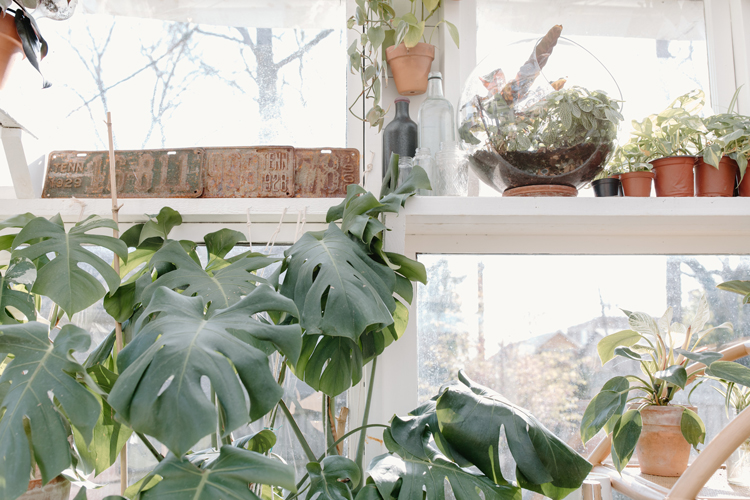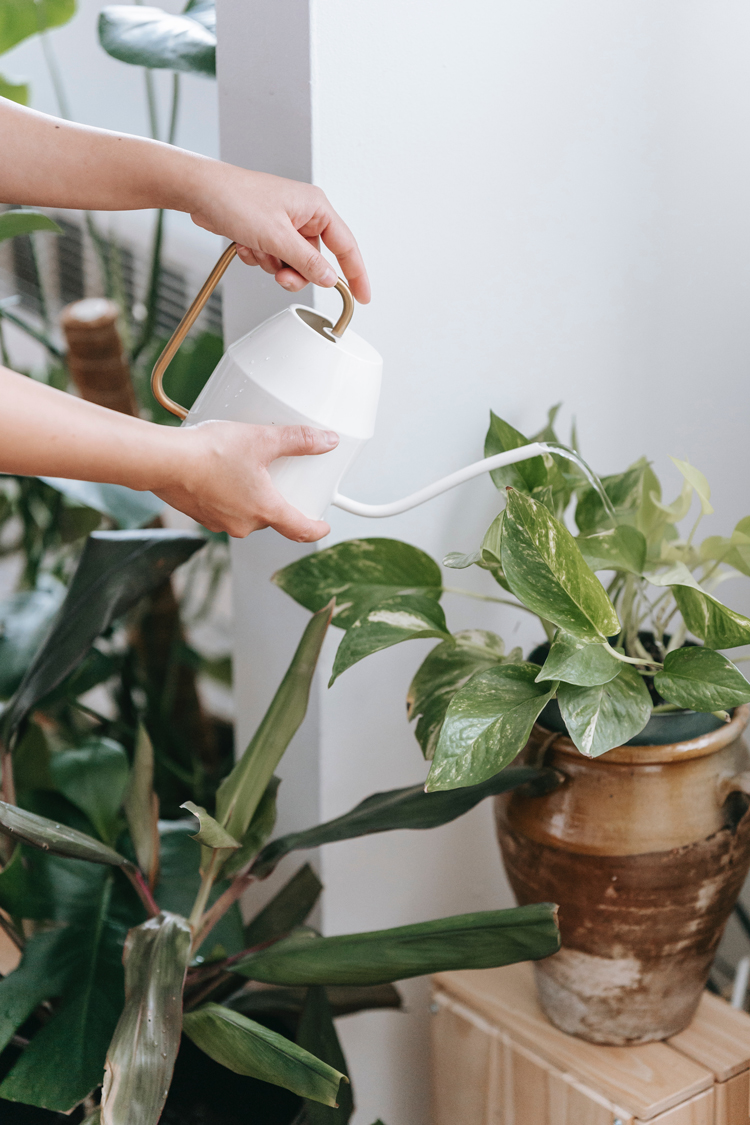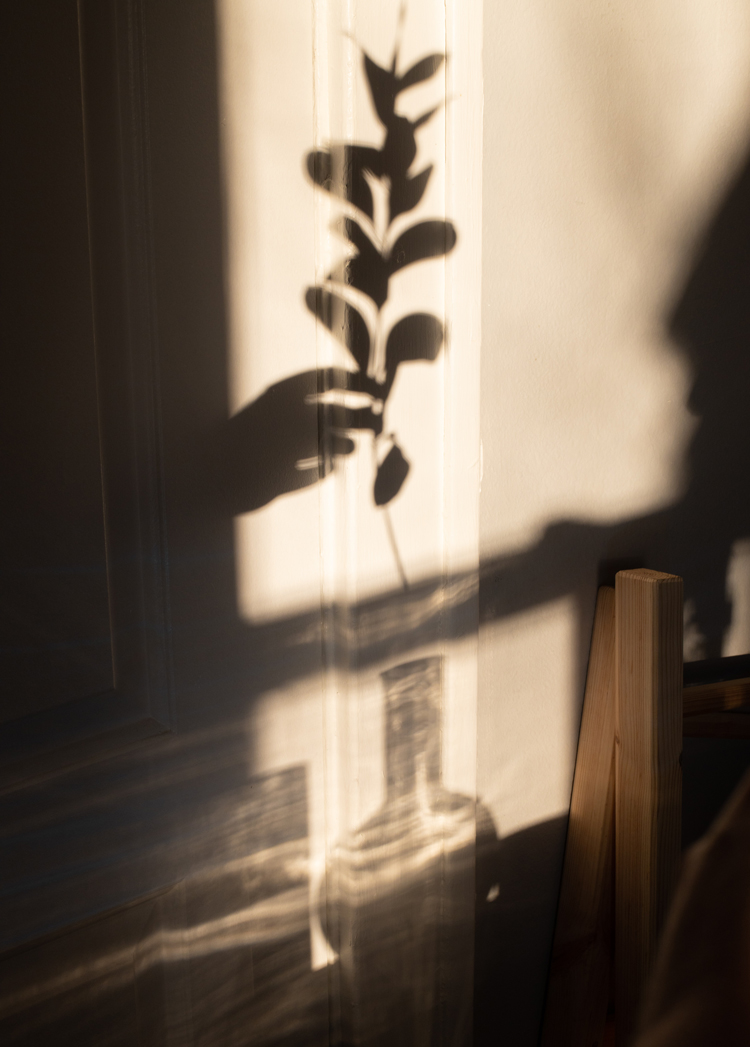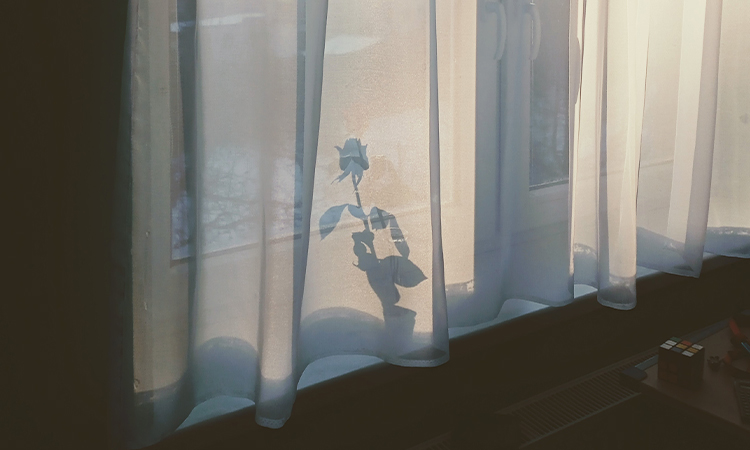
The 2020 quarantine may have hindered us from doing the things we used to love, such as social gatherings, hopping into clubs, mall shopping, eating inside restaurants, exercising, and other things we were fond of doing. But even though we were limited to doing certain things, we discovered a lot more fun activities and even hobbies inside the comfort of our homes. Some ventured into baking goods and even enhanced their skills enough to convert the activity into an actual business, some created training guides and hosted webinars to share knowledge about the skills they have, and many others fell in love with plants. That is why during the quarantine, one of the most trending terms coined were “plantito” or “plantita”, referring to the people who have discovered that caring for plants was actually something they would find enjoyable. Many say that having indoor plants relieve stress and somehow give some company. But aside from its effect on our mental health, indoor plants actually have more benefits to our health than you can imagine. Indoor plants cleanses the air we breathe inside our homes and serves as natural air purifiers, making the air we breathe cleaner and fresher even when we live in the middle of a bustling city. So no doubt, indoor plants help you in ways you can’t imagine. The only lingering question for plantito’s and plantita’s now is how to take care of these indoor plants. Here are four ways to properly care for your indoor plants even when you’re usually not at home:
1. Treat each plant differently

Each kind of plant is different from the others in terms of the climate they prefer and the amount of sunlight and water they require. In other words, just like people, plants are uniquely different. For example, aloe vera, orchids, and fern need to be kept moist and prefer mild temperatures. Other plants such as succulents and cactuses, however, thrive in drier soil and need to be watered less frequently. If you want to check if you are taking care of your indoor plants the right way or if you want to find some new plants that perfectly suit the conditions in your house, then it is worth putting in some time researching all the different types of houseplants available. Some plants will prefer more sunlight whilst others like darker and cooler conditions, so it is also a good idea to have a look around your house at spaces where plants can fit and take note of the changing weather conditions.
2. Water according to the type of plant

Plants live through photosynthesis, in which way they suck light and energy from the sun to produce food for their own. but that doesn’t mean you don’t need to water your plants anymore. Plants need water to survive, just like any other living thing. The catch here is that not all plants have the same level of water needs. Cactuses, for example, can live up to days without water because they stock up water inside their bodies. Usually, most people are worried that they aren’t giving their houseplants enough water, however many times indoor plants are getting too much water which leaves their roots sitting in water. Some negative consequences of overwatering are rotting roots and the increased chance of bug infestations. One way to assess how much water a plant requires is to check its weight. You can eyeball this by picking it up, if the plant is feeling light then it probably needs watering. Generally, most indoor plants prefer their soil and roots to be slightly dry rather than constantly wet, so setting watering times for two or three times a week often works well.
3. Just the right amount of light

Just like how plants each need water in a different way, the amount of light a plant gets is just as important as how much water it receives. Light is vital for plants to perform photosynthesis, which is the process where they produce their own food and energy, so you should read up about how much sunlight each kind of plant you have requires. Some plants grow best in direct sunlight in a south-facing window, while others prefer indirect or filtered light. To maintain balanced growth, you should turn your plants every so often to make sure a different side is getting direct sunlight. Generally, indoor plants can be put into three groups in terms of how much sunlight they require. For high-light plants, they need at least six hours a day of sunlight. For medium-light plants, they would need between four to six hours daily. For low-light plants, you can put it under sunlight for less than 3 hours a day.
4. Make sure there is good airflow

For some apartments, airflow for indoor plants is a challenge, as windows are sometimes not big or wide enough to let fresh air come through. But if you are a plant parent, that’s one thing you should think about. Another consideration that will ensure your plants grow well is maintaining a good airflow, this is especially important for more tropical varieties. One solution is to keep ceiling fans running, spraying plants with water mist, and regularly cleaning leaves to remove dust. Adding indoor plants is a simple and colorful way to spruce up any room in your house, although to keep them looking vibrant it is a good idea to follow advice about how to care for them and what they need.




